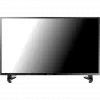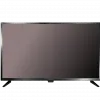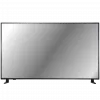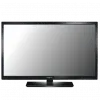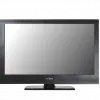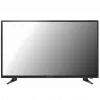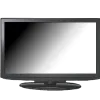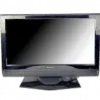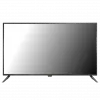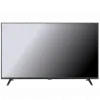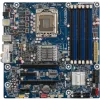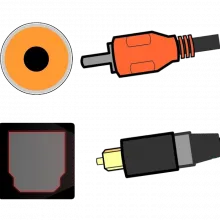
S/PDIF (Sony/Philips Digital Interface) is a digital audio interface used in consumer electronics to transmit audio over short distances via coaxial (RCA) or optical (TOSLINK) cables. It supports uncompressed stereo PCM and compressed 5.1/7.1 surround sound like Dolby Digital and DTS. Based on AES3, S/PDIF is standardized under IEC 60958. It’s commonly used in home theaters to connect devices like DVD players, PCs, and receivers, offering simple, high-quality digital audio transfer.
